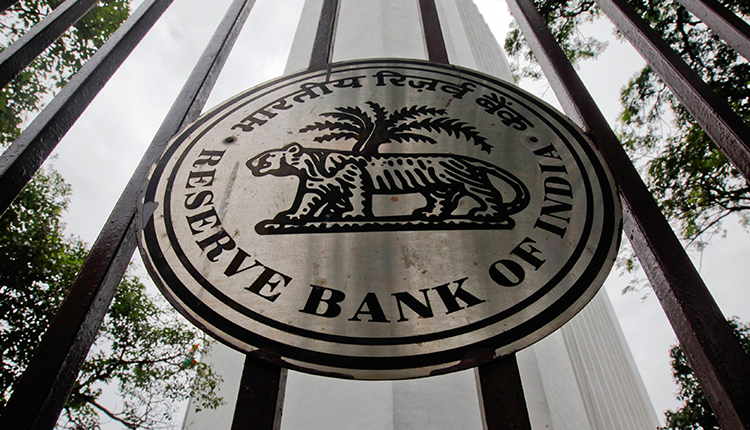Growth in India’s economic output has slowed to 4.5 percent in the three months that ended in September — and experts are forecasting a further slowdown for the world’s seventh-largest economy.
Growth slowed to its weakest since the first quarter of 2013, according to Reuters, and was down from the 5 percent registered for the previous three months.
“High frequency indicators continued to trend lower in September, with industrial production clocking its worst decline in eight years,” Sanjay Mathur, chief economist for Southeast Asia and India, and Rini Sen, an India economist, at ANZ wrote in a research note.
ANZ has already downgraded its full fiscal-year growth forecast to 5.1 percent from 5.8 percent, the note said.
Singapore’s DBS Group made a conservative estimate of 4.3 percent growth for the third quarter of 2019. On average, economists polled by Reuters said that they predict growth to be 4.7 percent for the period, or down from 7 percent for the same period in 2018.
India’s financial year commences in April and ends in March the following year. Currently, India is in its fiscal year 2020, which ends in March next year.
The South Asian country is currently going through a number of challenges. Apart from its economic slowdown, there is an ongoing crisis in the financial sector, which has hamstrung lending.
Weakness in corporate earnings and profits are expected to weigh on business investments and job creation to keep its workforce employed. Recent policy reforms have left many small- and medium-sized businesses reeling.
Moody’s Ratings agency recently downgraded its outlook on India’s from “stable” to “negative,” citing growing risks that economic growth will remain “materially lower than in the past.”
Growth recovery
Economists forecast that India’s growth slowdown may bottom out by the end of 2019 and that it could witness a gradual “stimulus-led” recovery in 2020, driven by a revival in consumption.
India surprised with a $20 billion fiscal stimulus package in September, which focused mostly on a corporate tax cut. Indian Finance Minister Nirmala Sitharaman also sought parliamentary approval on Thursday to spend additional $2.7 billion along with a budgeted 27.86 trillion rupees ($388 billion) in the current financial year that ends March 2020, Reuters reported.
Public spending has also inched up pace in recent months despite weak revenue collection.
“We think that the government is now more willing to push on the fiscal levers to support growth and expect the fiscal deficit to widen to 3.7 percent of GDP in (financial year 2020), compared to the budgeted target of 3.3 percent,” Priyanka Kishore, head of India and Southeast Asia at Oxford Economics, wrote in a note this week.
Kishore said there’ll likely be a slow revival in consumption after data showed indicators such as personal loan growth, remained largely stable in September. Sales of cars and two-wheelers — which are proxy measures for urban and rural demand, respectively — fell at a much slower pace in October due to festive demand, she added.
“We expect policy measures to increase the flow of credit to consumers and support the auto sector, helping to arrest the slide in consumption” from the December quarter onward, said Kishore. She also forecast that India’s manufacturing sector will likely improve in 2020 as the corporate tax cuts for new manufacturing companies yield results.
‘Government’s role to play’
To stem some of the challenges and support growth, the Reserve Bank of India (RBI) has cut interest rates by 135 basis points so far in 2019 and signaled that further easing is likely to occur.
While the central bank is doing its part to boost the economy, it faces a problem with its transmission mechanism as Indian banks are hesitant to lend. They are struggling with large volumes of non-performing assets that are putting pressure on their balance sheets, which makes them reluctant to pass on the RBI’s rate cuts to consumers.
“I think that’s where more measures would be helpful,” Radhika Rao, a DBS Group economist told CNBC’s “Street Signs” on Friday. Rao explained that it’s expected some measures from the central bank focusing on non-banking financial companies will emerge to provide those lenders with some relief and liquidity.
Beyond that, Rao said, “It’s the government’s role to play,” which makes the annual budget announcement in February 2020 an essential event.
“We do expect some personal income tax changes come February and, also, some more measures to stimulate demand under the premise that would perhaps draw … the manufacturing sector back to health,” she said, adding it could improve the investment outlook as well.
More measures to help stressed non-bank lenders could also be revealed, according to Rao.
Source: CNBC


